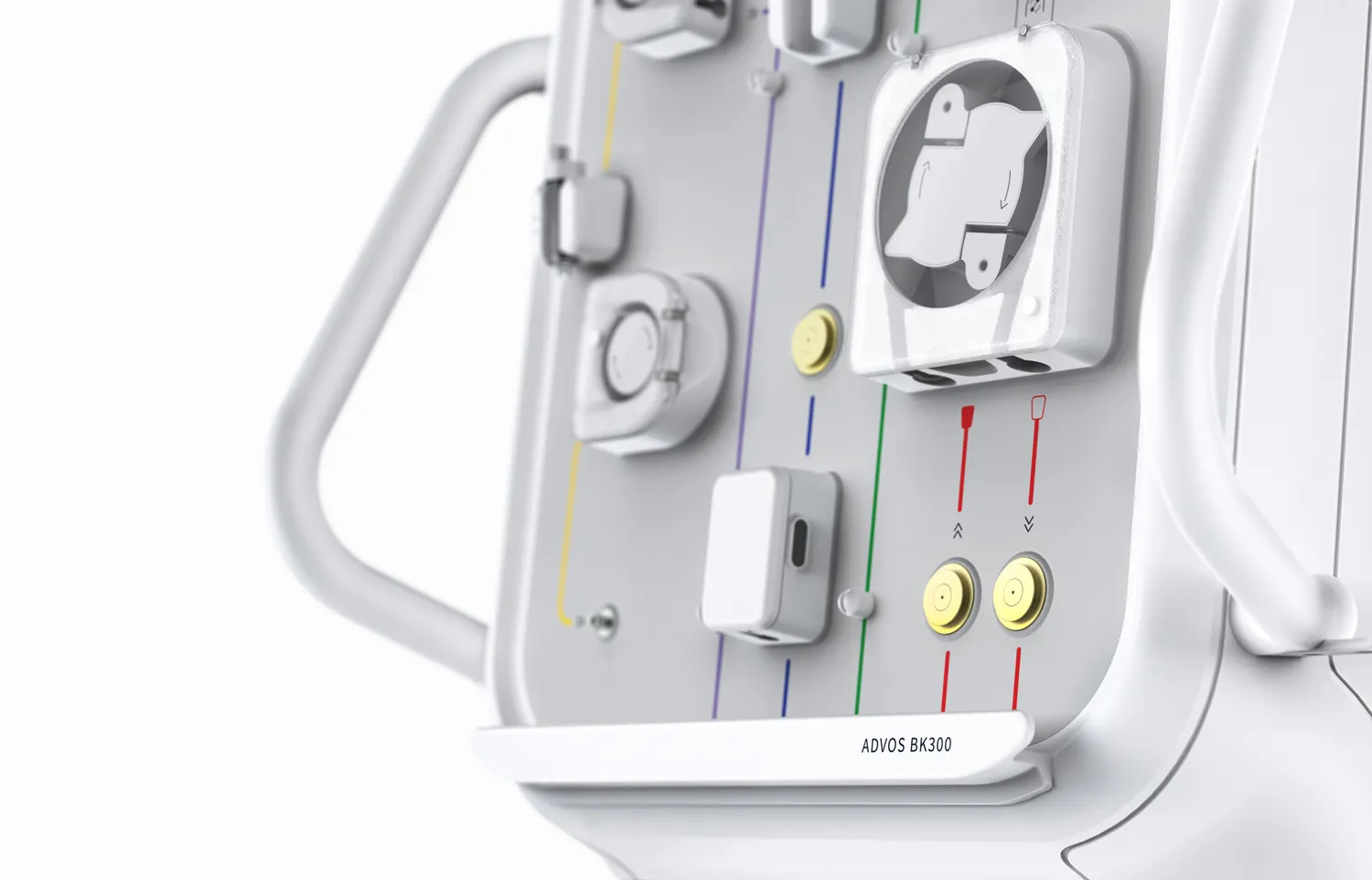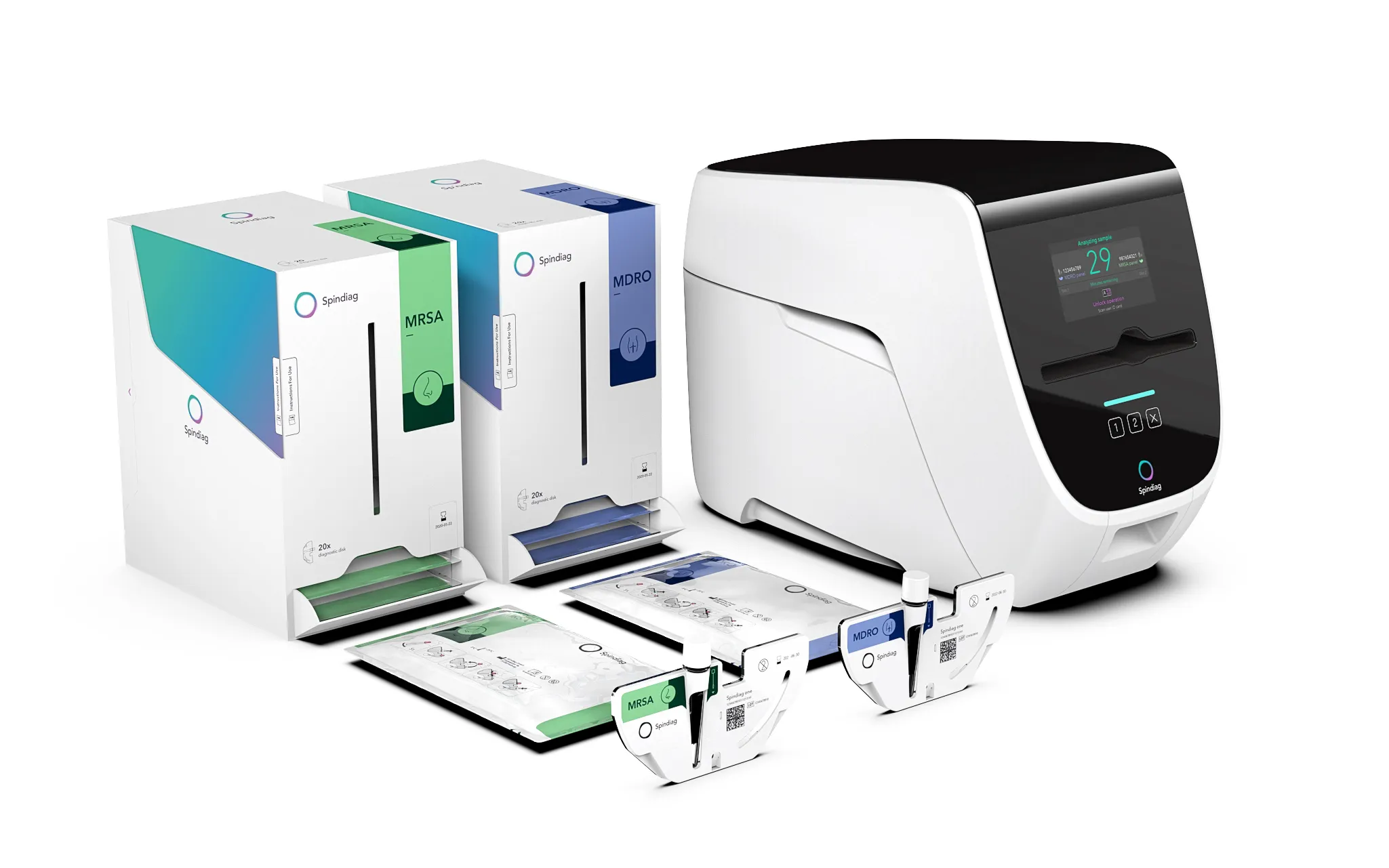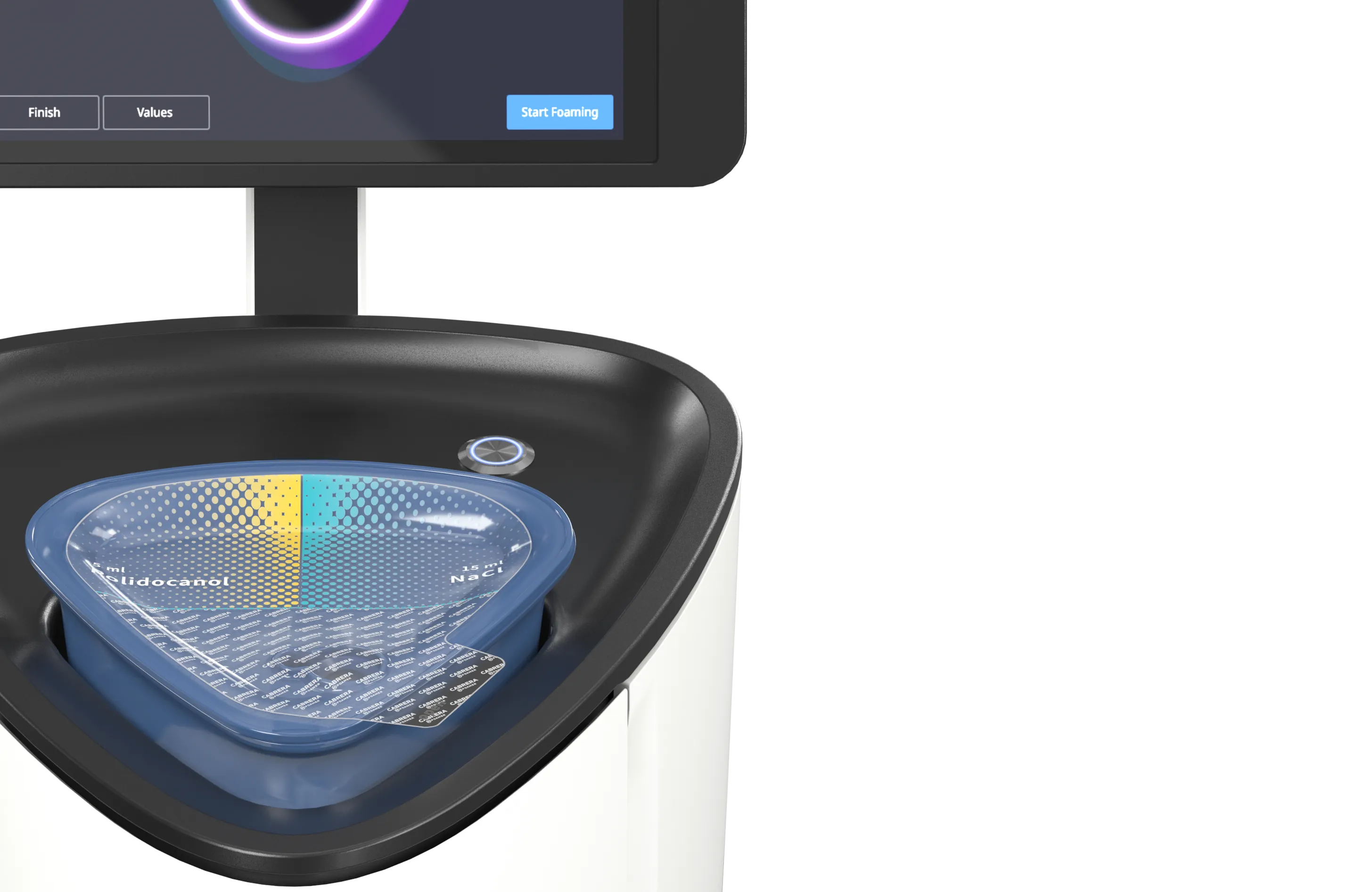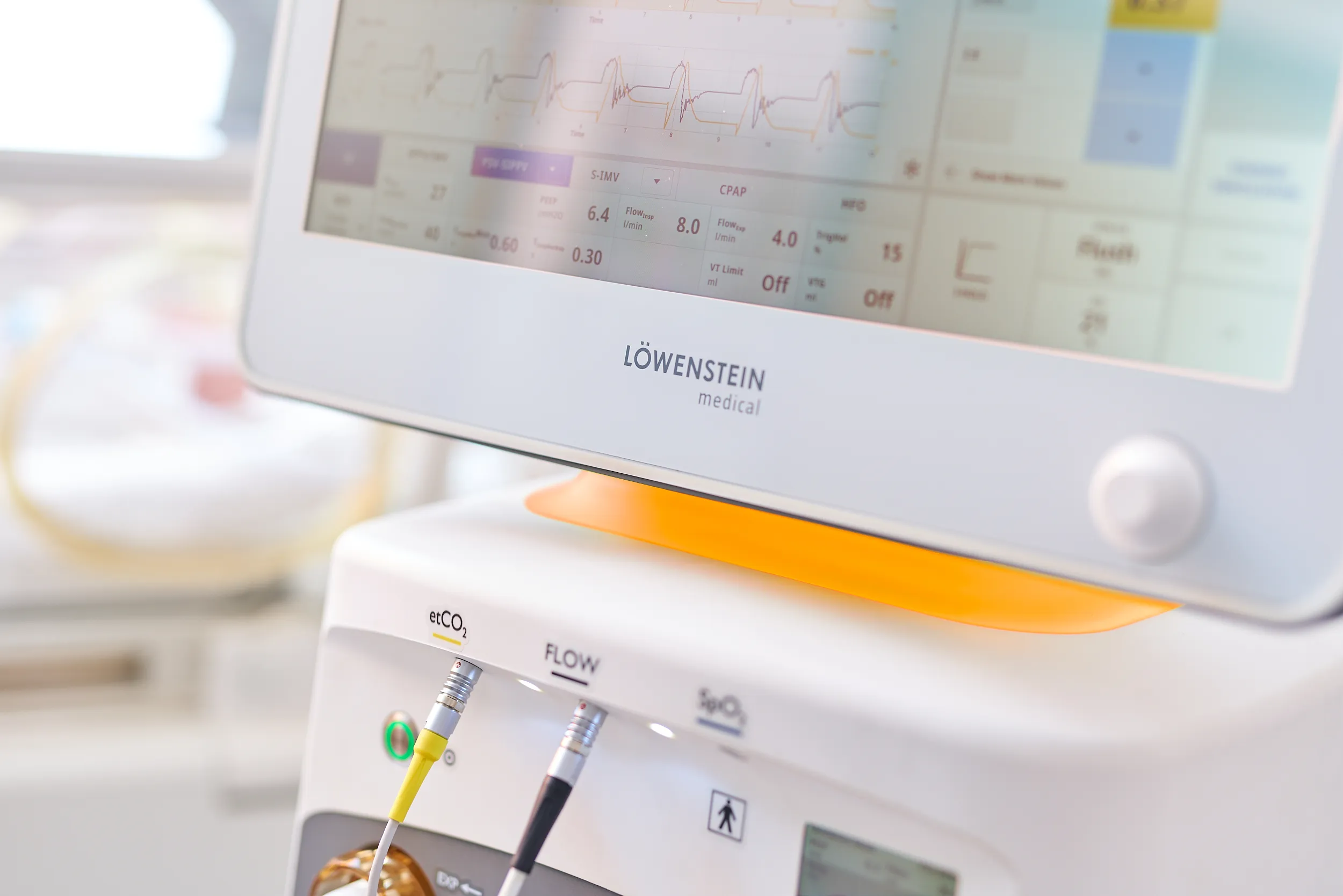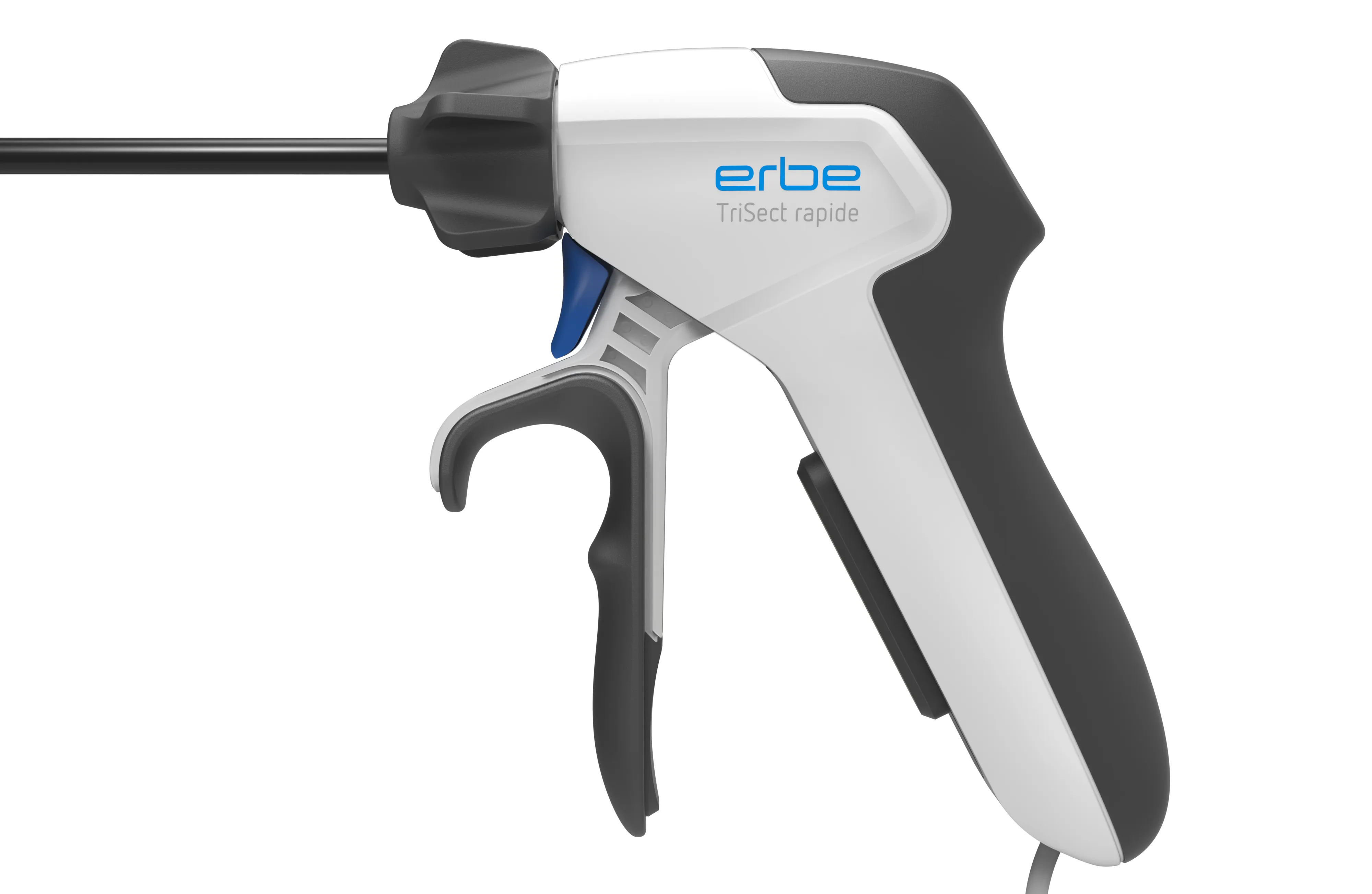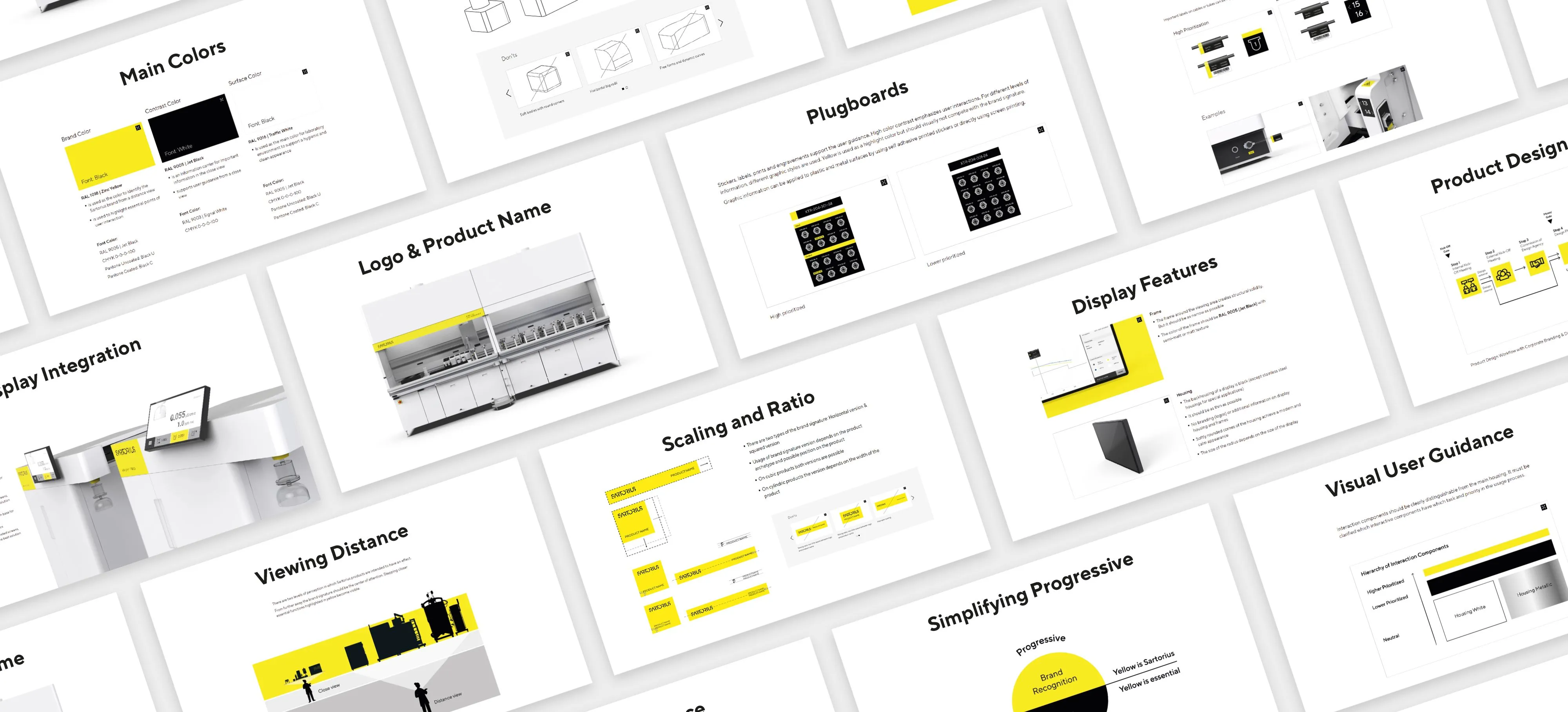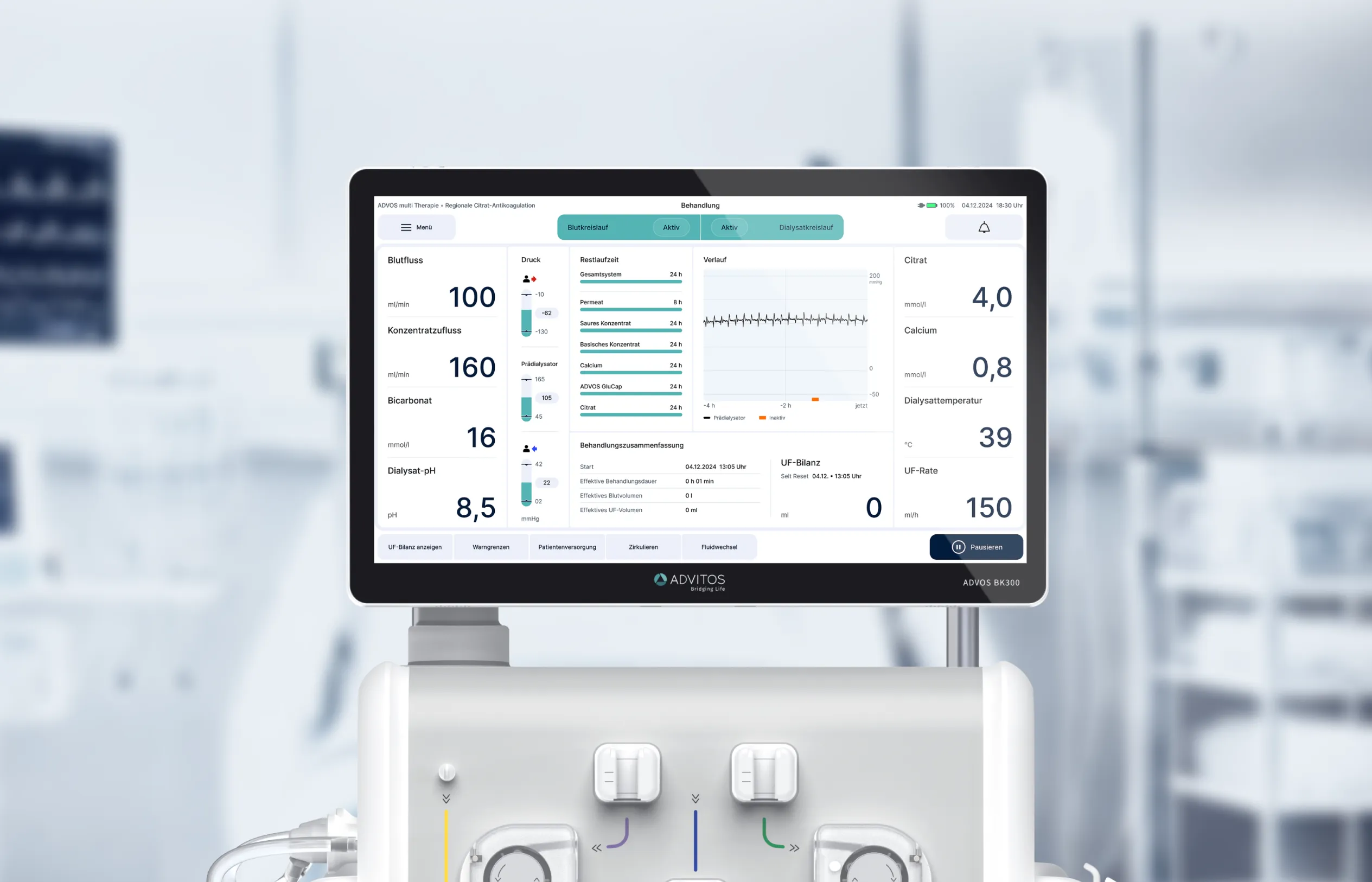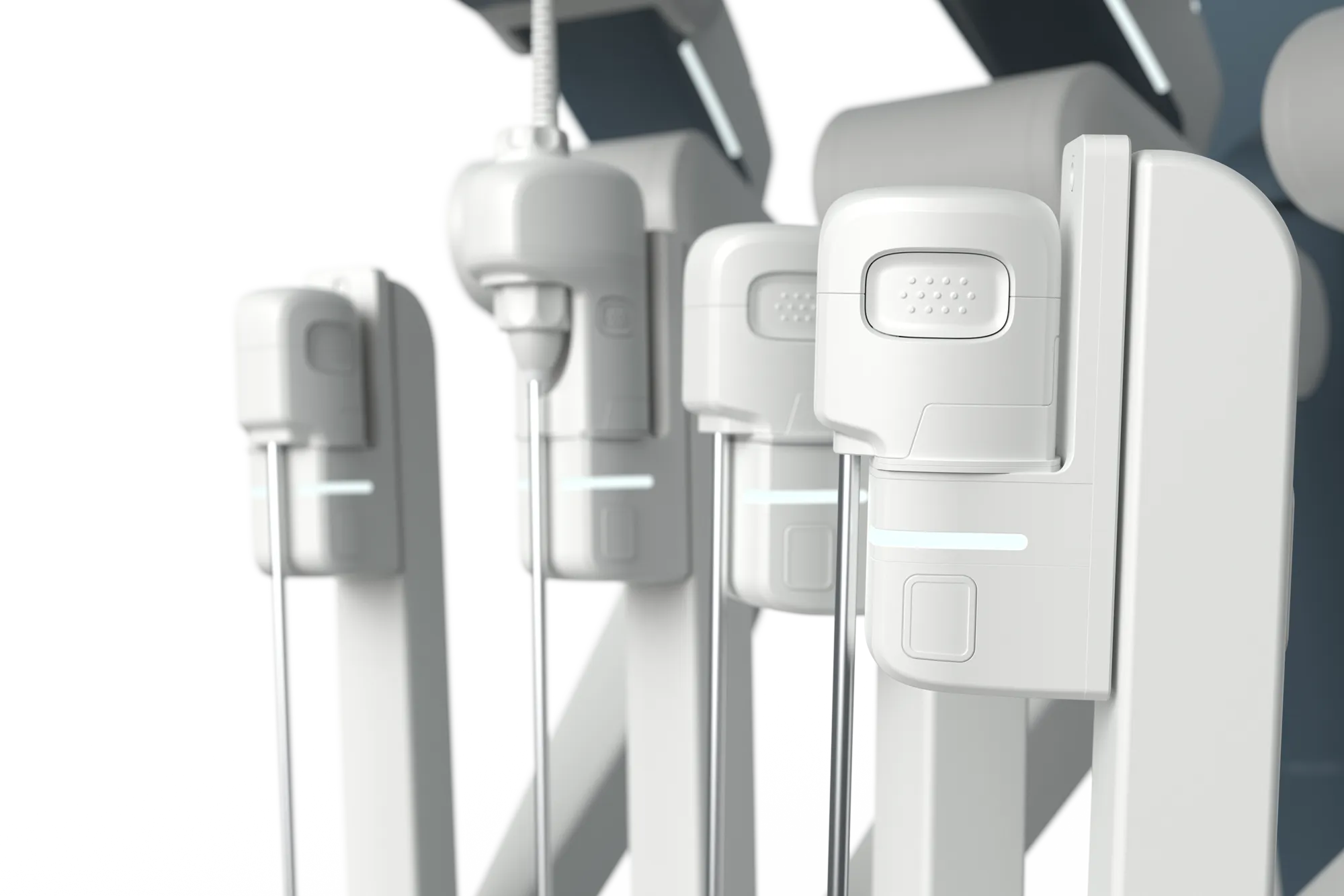Fraunhofer IBMT
INTAKT - Intelligent Microimplants
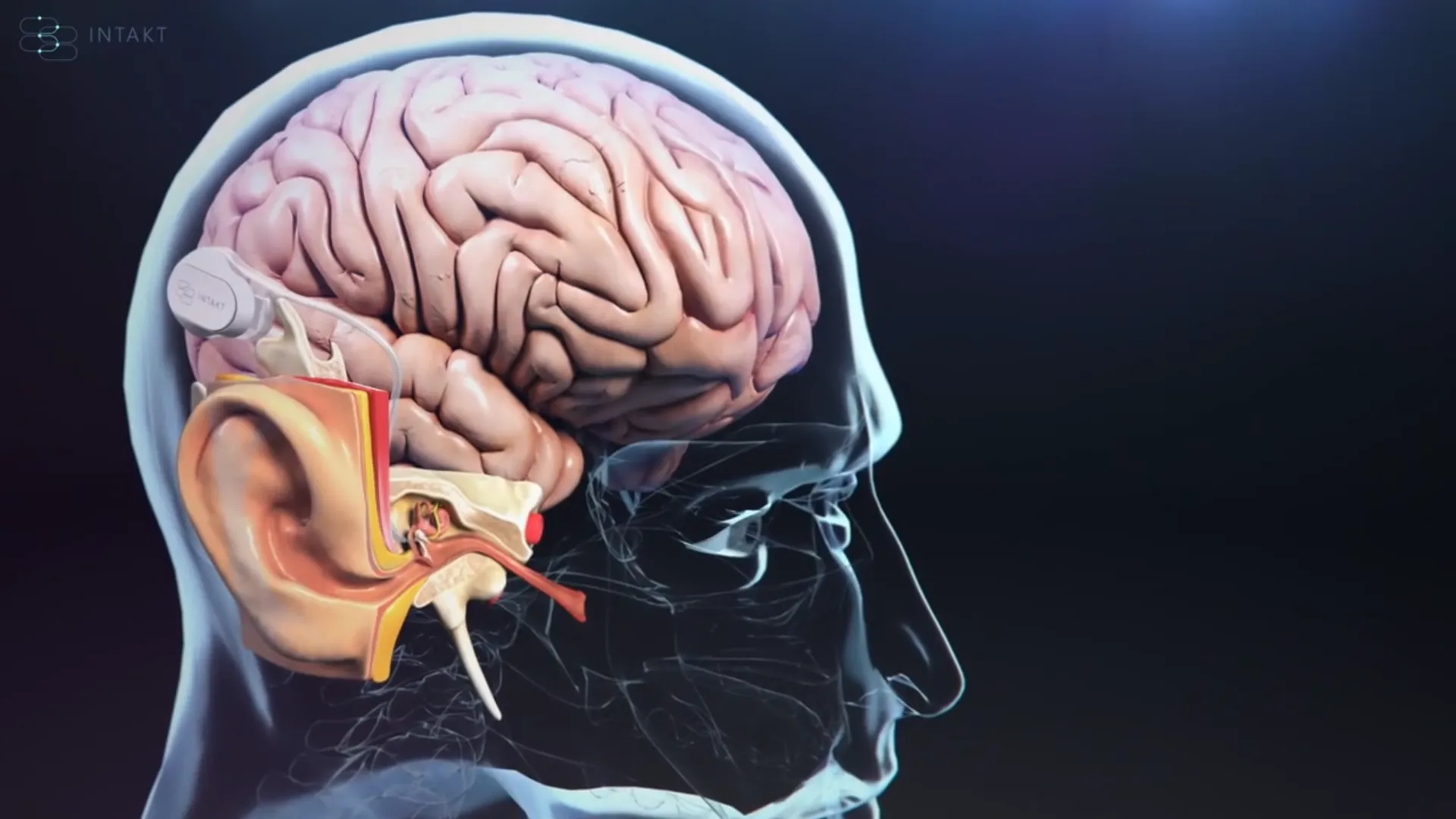
Three in one: restoration of grasping function, tinnitus suppression and gastrointestinal motility.
At first glance, tinnitus, digestive disorders and restrictions in gripping function have nothing to do with each other - but the INTAKT research project combines these three scenarios in the form of basic technology for a possible therapy. Led by the Fraunhofer Institute for Biomedical Engineering IBMT, the innovation cluster brings together project partners from business, science and clinical areas. In May 2022, the project was successfully completed after a term of five years.
Task
Procedure
Result
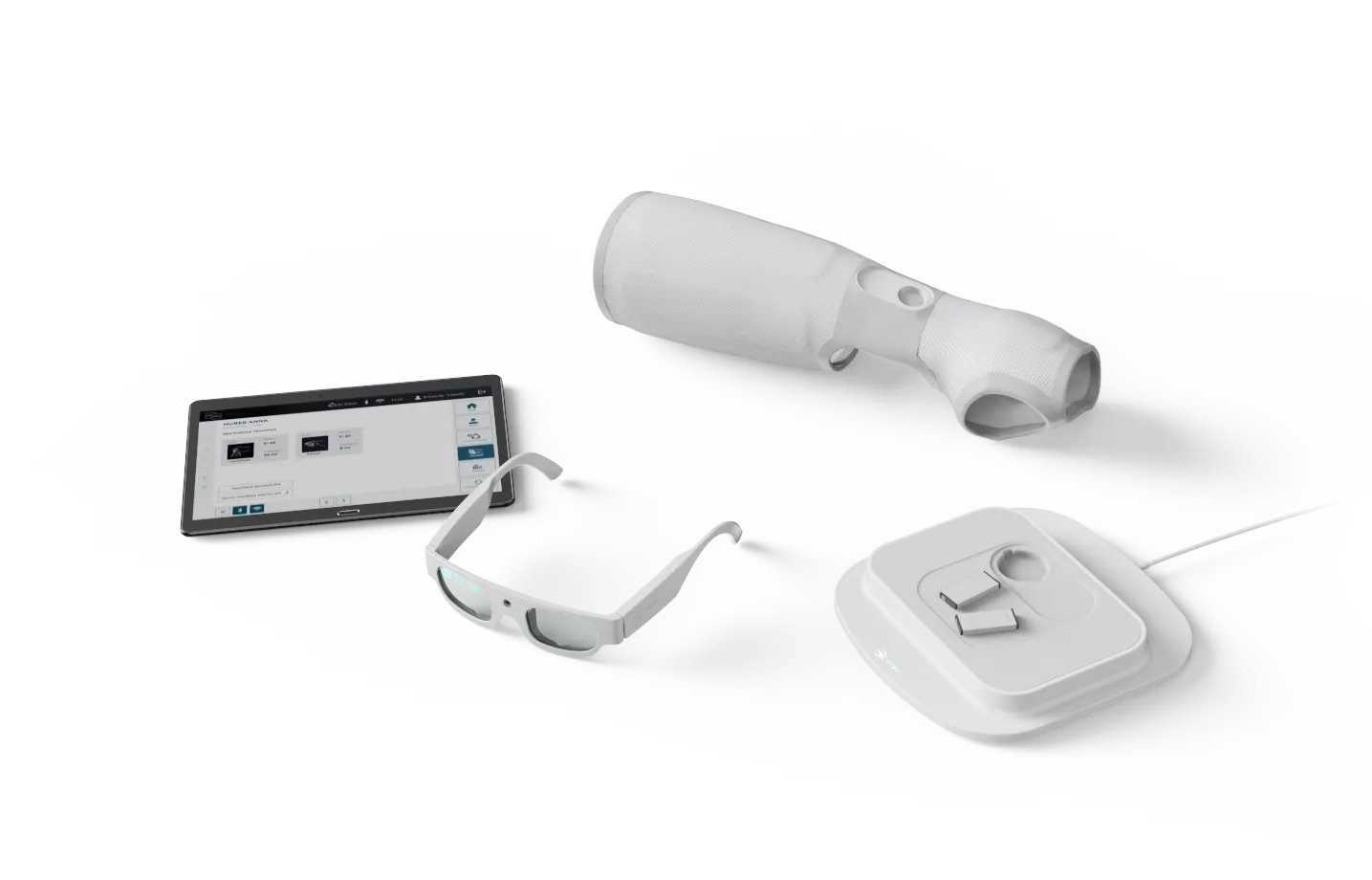

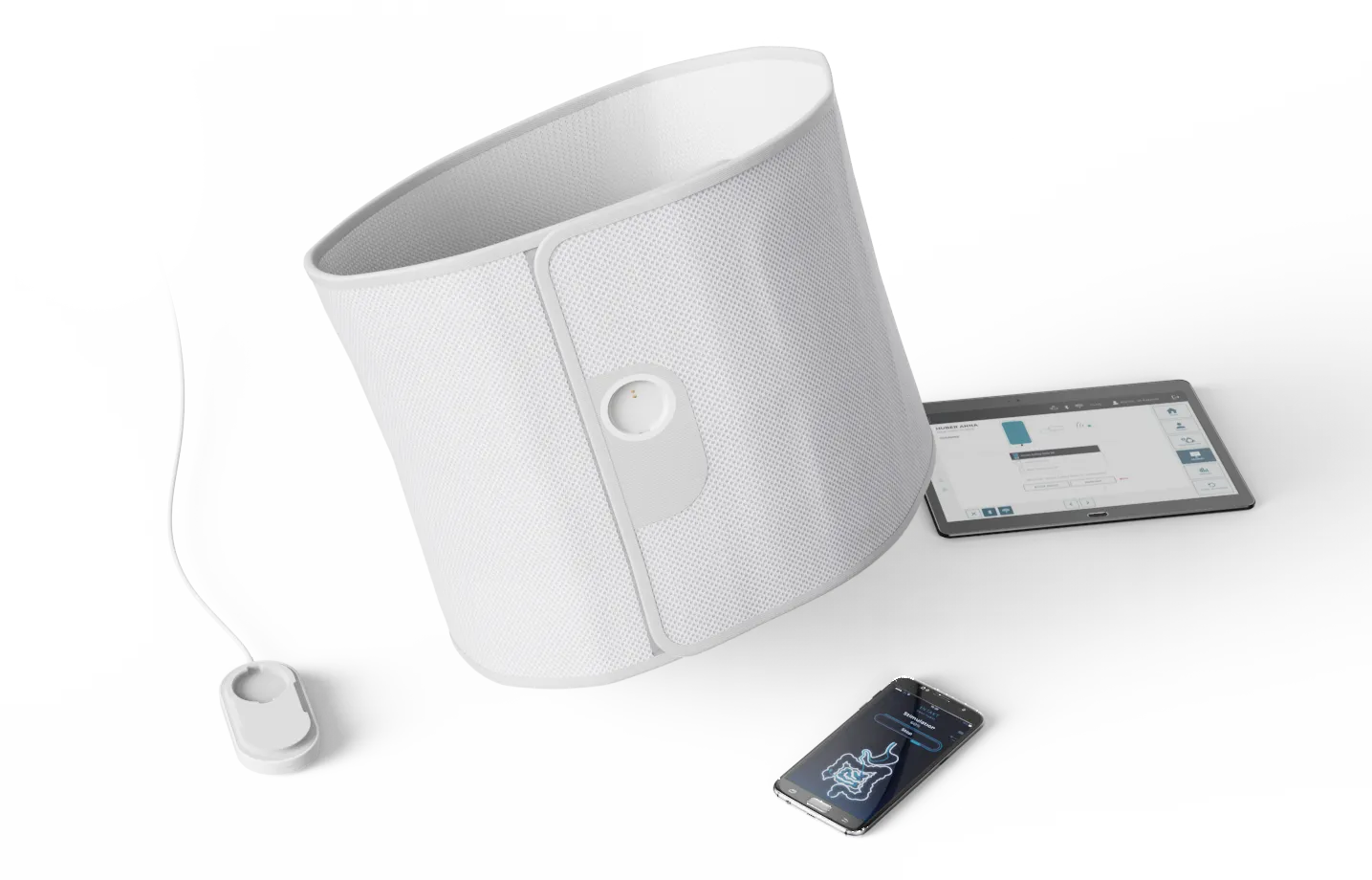
The platform idea of INTAKT brings the three different areas together. The micro-implant network is the same for all applications. The respective system components for control, as well as energy and data transmission, are adapted to the body regions, but are based on uniform technologies. The user interfaces for individual settings or system control have been adapted to the respective therapy concepts, such as eye-tracking glasses for control by paraplegic users.
INTAKT stands for INTerAKtive micro-implants that visibly improve patients' quality of life. A completely new form of human-technology interaction. In addition to the design of the micro-implants, energy carriers, charging devices, GUI for patients and doctors as well as surgical tools, WILDDDESIGN created animations in close cooperation with the clinicians, which are also used for professional articles.
For the most part, we were in the basic research phase - the approach is unique and there are hardly any or no similar products. The context analyses and the resulting use scenarios therefore already took up a lot of time and effort. From interviews and questionnaires, future scenarios and also product requirements could be developed with the clinicians.
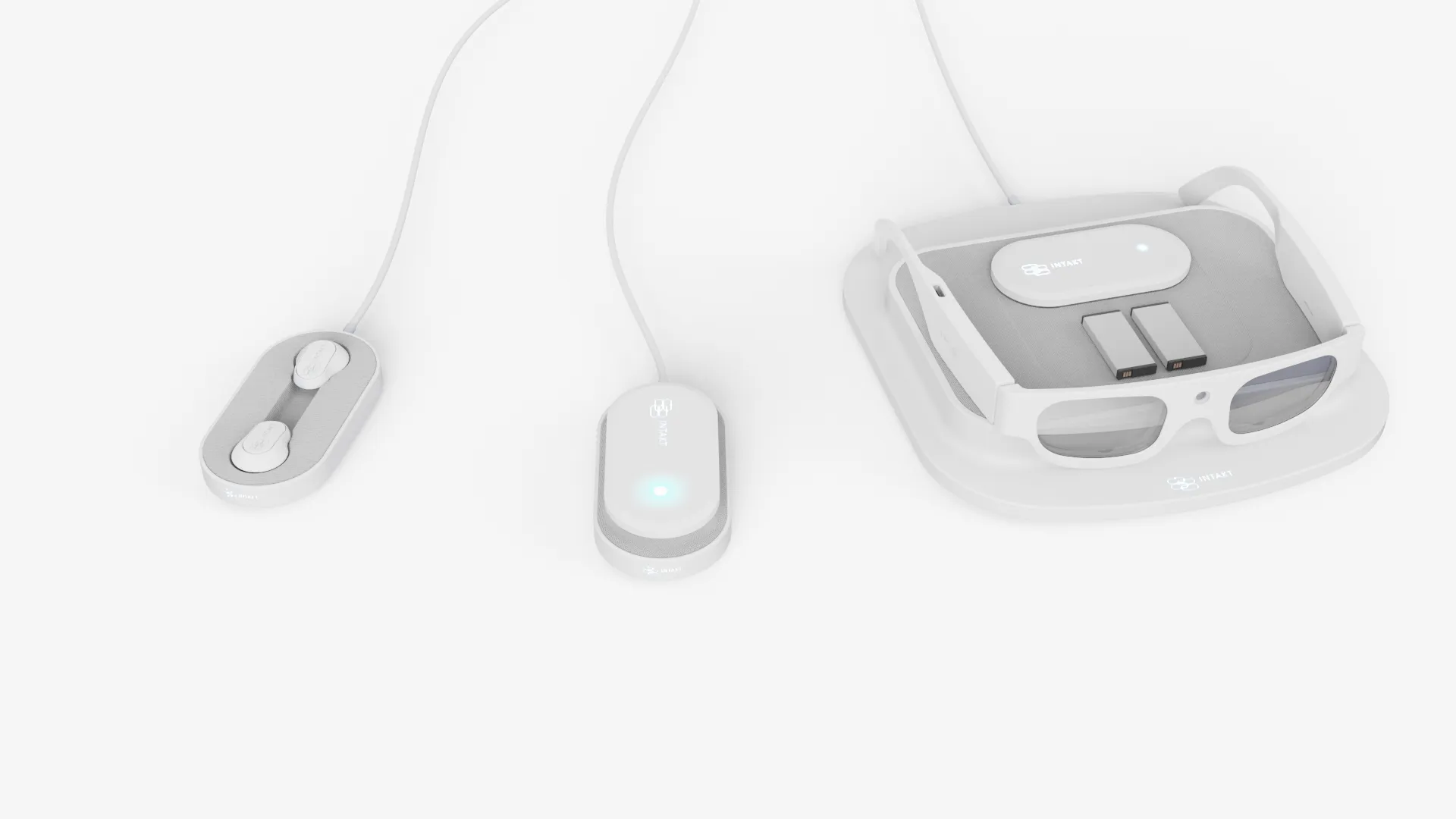
For more quality of life
The micro-implant network offers the possibility of stimulating the affected organs individually with electrical stimulation as needed. In the Intestinal use case, several micro-implants are placed in the gastrointestinal tract and test the still-existing intestinal function. They communicate with each other and pass the data to a central control unit, which is also attached to the abdominal cuff. The implants deliver electrical stimulation and thus provide coordinated movements to the oesophagus, stomach and intestines.
In the gripping function use case, up to 12 implants are inserted in the forearm. The patient also wears eye-tracking glasses with integrated GUI (Graphical User Interface). In the tinnitus suppression use case, one to two implants are inserted at the round window of the inner ear. In contrast to the other use cases, the electrical impulses here do not stimulate movement, but suppress the tinnitus.
The design of the inductive energy transmitters offered special challenges, as they are adapted to the respective body shape. For the grasping function and the intestinal area, the team opted for a fabric coil cuff with a Velcro closure. For tinnitus suppression, a different solution had to be found. Here, they opted for an ear wearable. As with the cochlear implant, this is attached to the head behind the ear via a magnetic closure. The design is simple and less stigmatizing in all applications. For tests of the technical components and the attachment of the implants to the tissue, WILDDESIGN created various functional prototypes for the project partners using 3D printing.
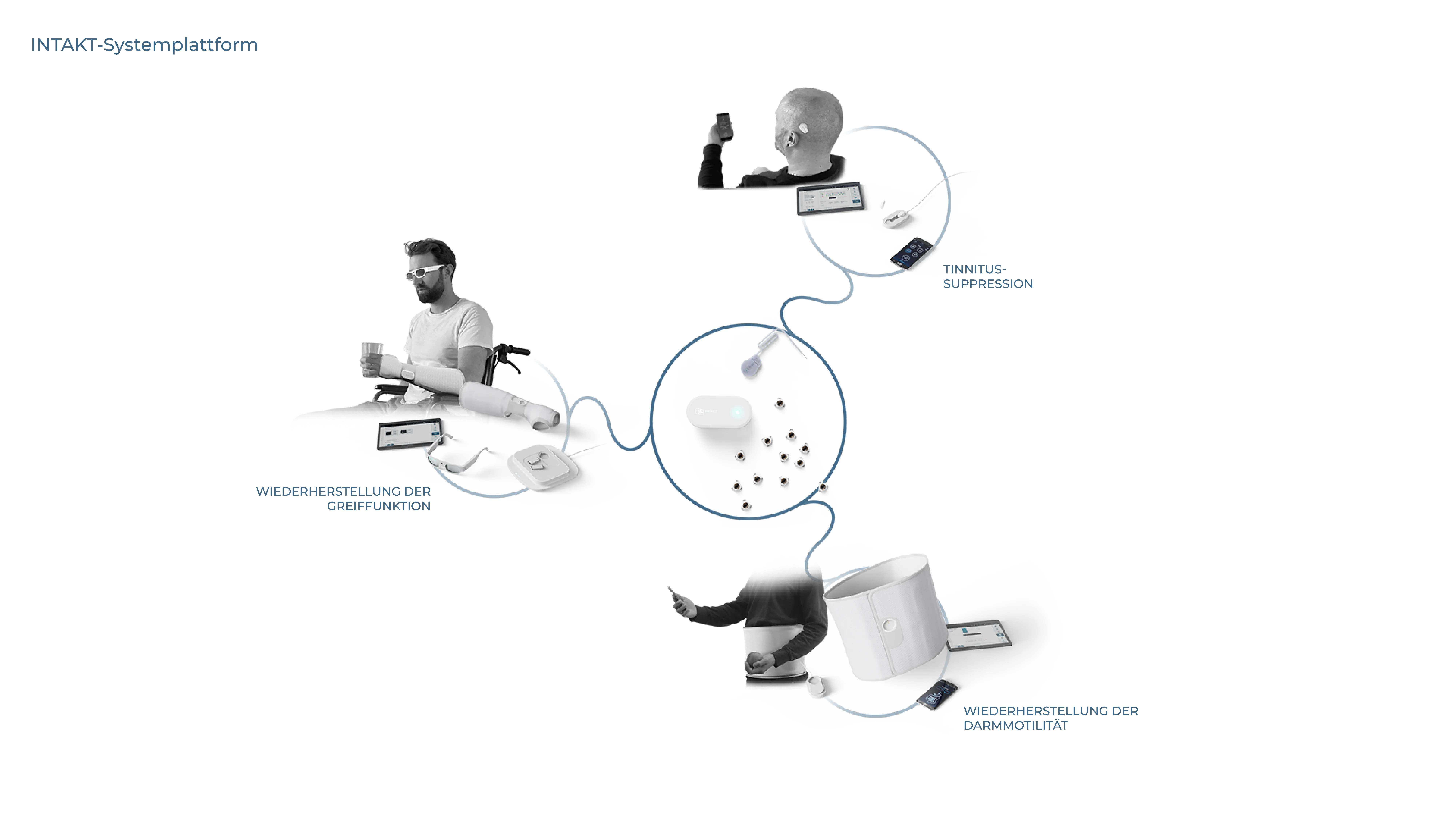
User-centered design for patient and physician
To insert the implants, the surgeons first use a detection instrument designed by WILDDESIGN for this application to determine the optimal stimulation point. The implants are then placed using surgical instruments. The newly designed special instrument fits ergonomically in the hand, even during prolonged use. The implants lie flat under the skin so that they are not noticeable. For a good energy supply, the coil lies close to the skin surface.

The platform concept also applies to the GUI, which has the same structure for all application areas. In the physician interface, the specialist can make settings that determine the scope of the adjustments for the patient. The patient can easily make individual settings via the patient interface.
Brought to life: The functionality as animation
The associated animations show how the implants work and thus replace the creation of high-end prototypes at the presentation event at the end of the project, which Corona was only able to hold online. In the course of the project, simple animations have become detailed and elaborate videos. In return, our team has grown by another employee: Thomas Lauterjung will continue to support WILDDESIGN in the area of 3D visualization and animation.
So where do we go from here?
The German Federal Ministry of Education and Research initiated and funded the project. It has evaluated the demonstrator implant as positive and now, after the successful preclinical phase, the team is striving to miniaturize the technical components. On the WILDDESIGN-designed homepageyou will find more information as well as the other project partners.
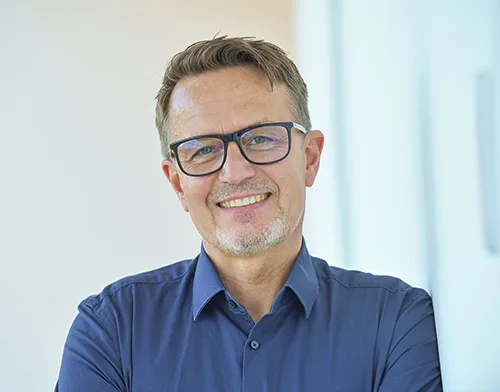
"The more complex and novel the idea, the more important a tidy, simple design! 18 partners in the cooperation project were able to follow this idea!"



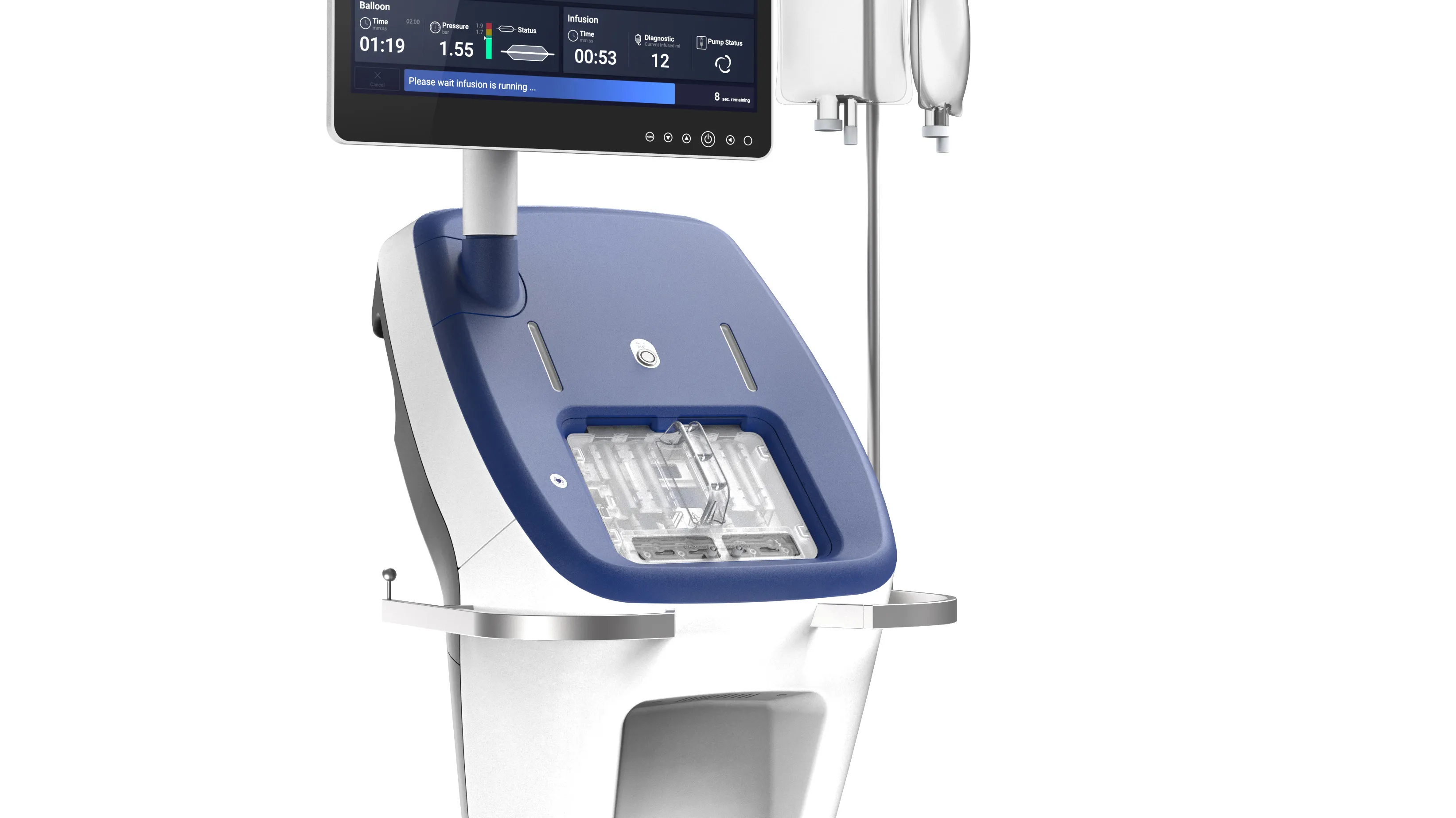


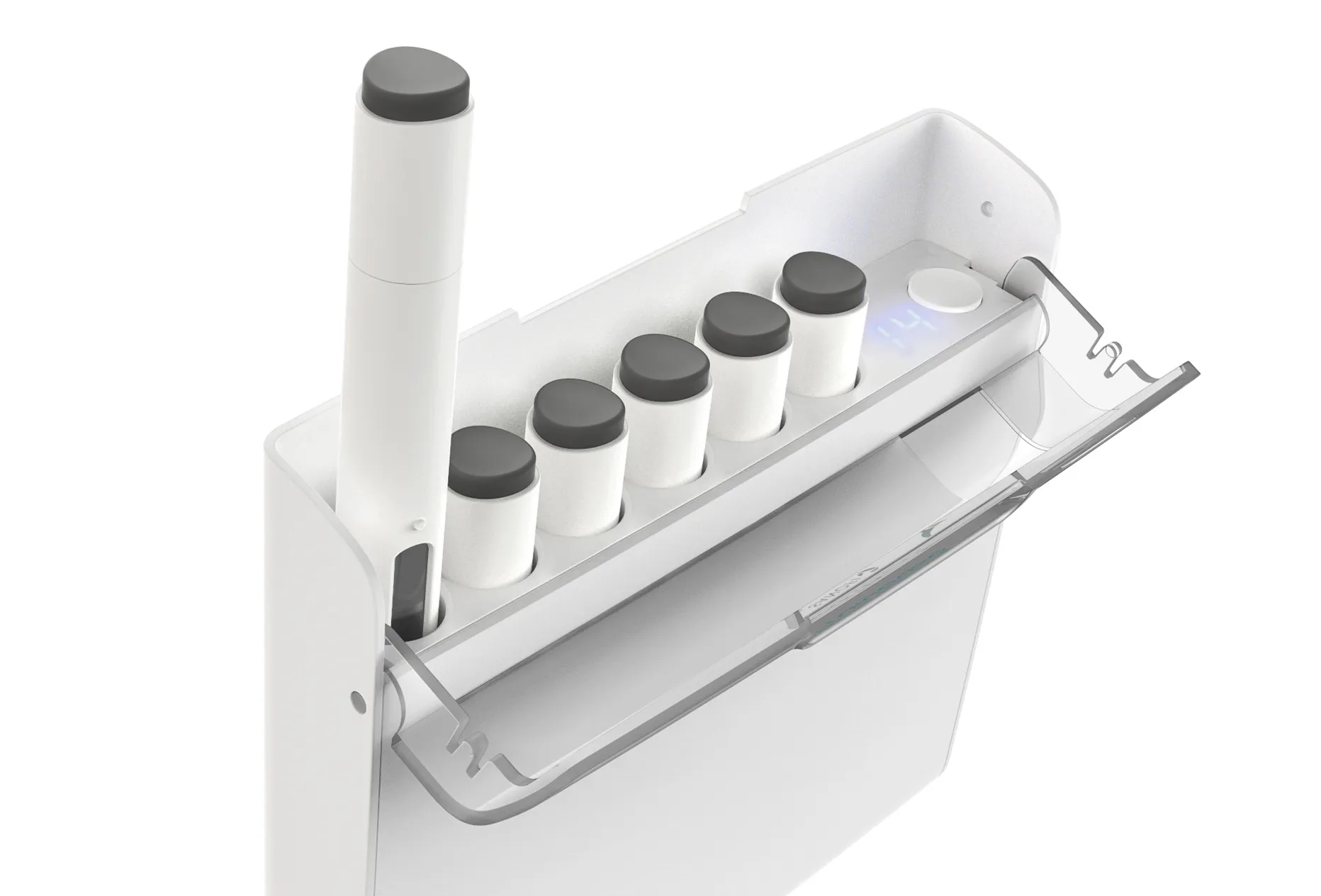
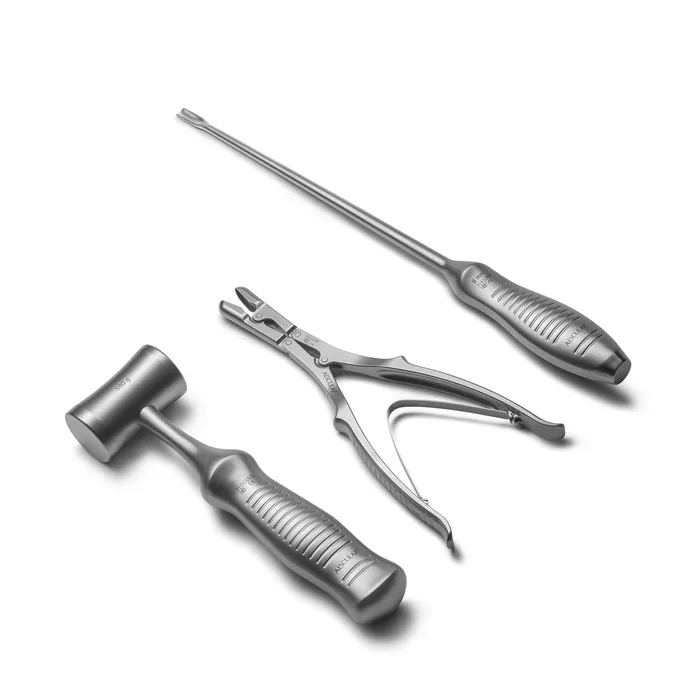
.webp)
